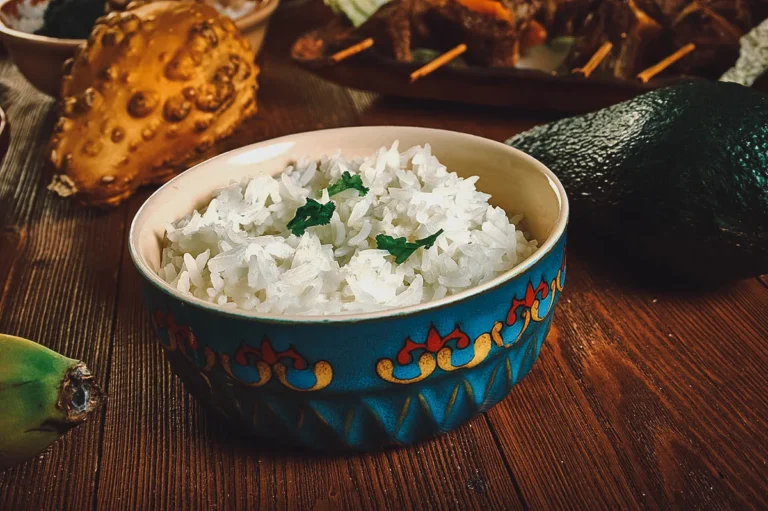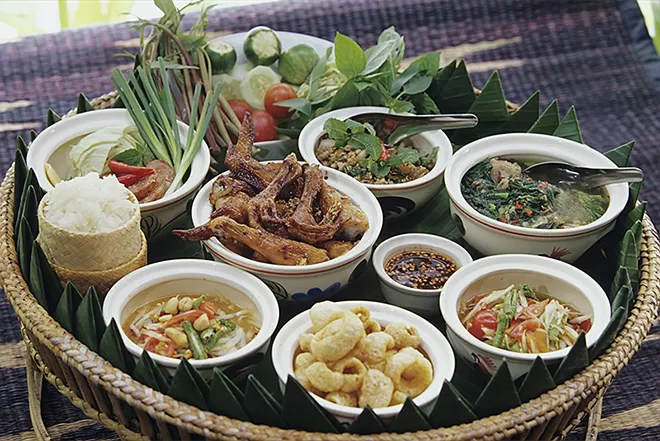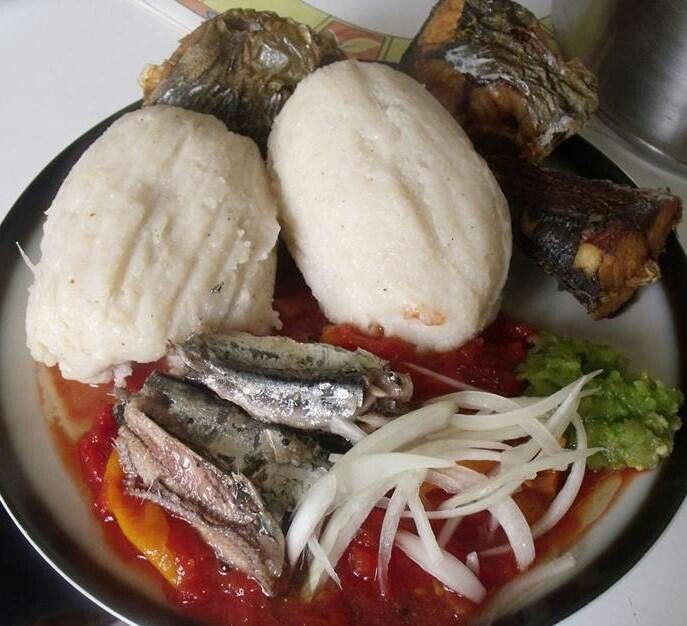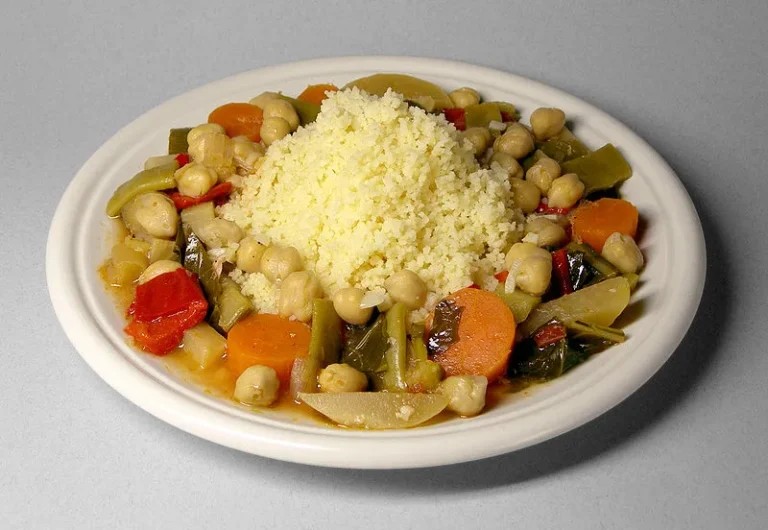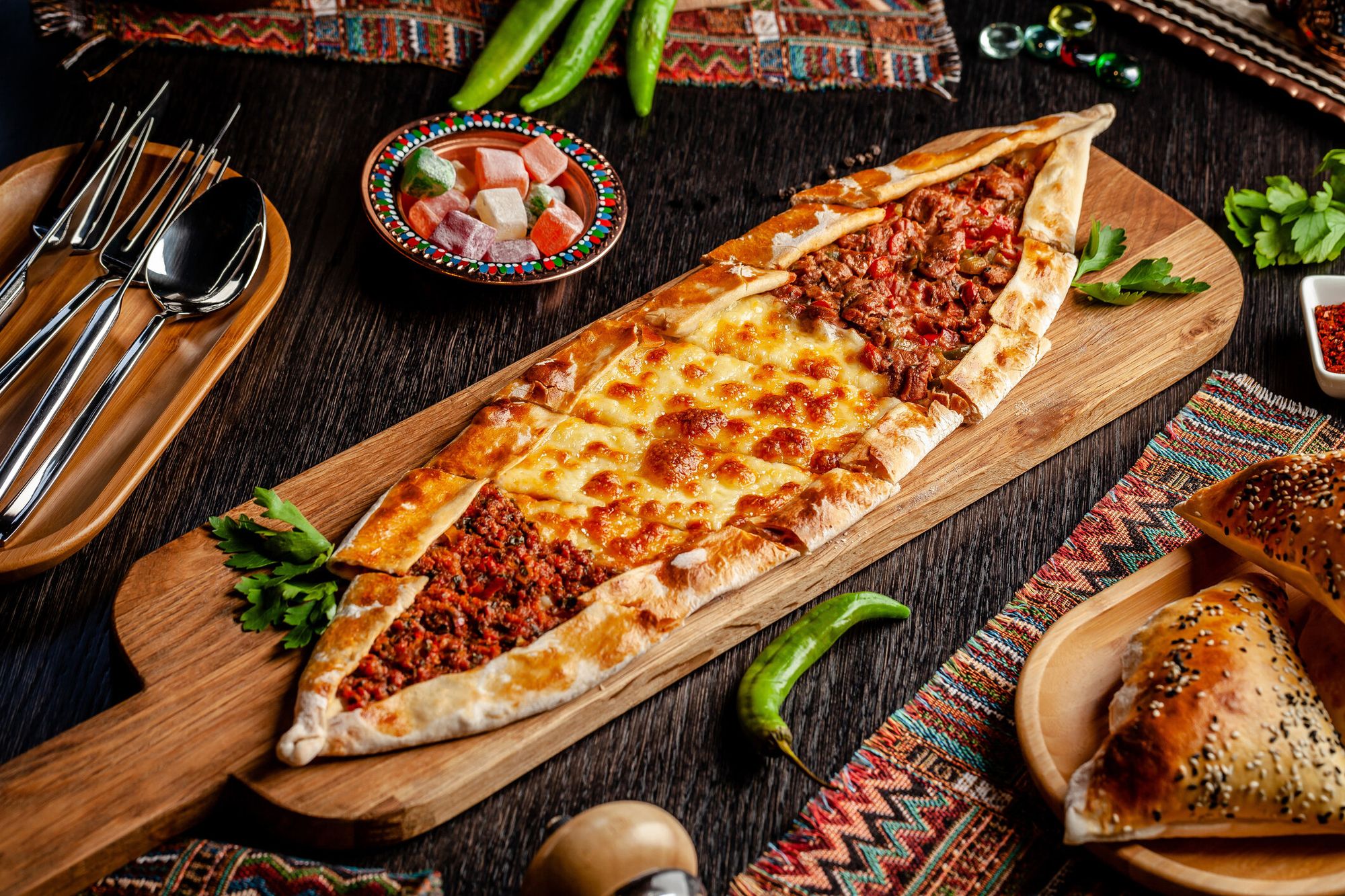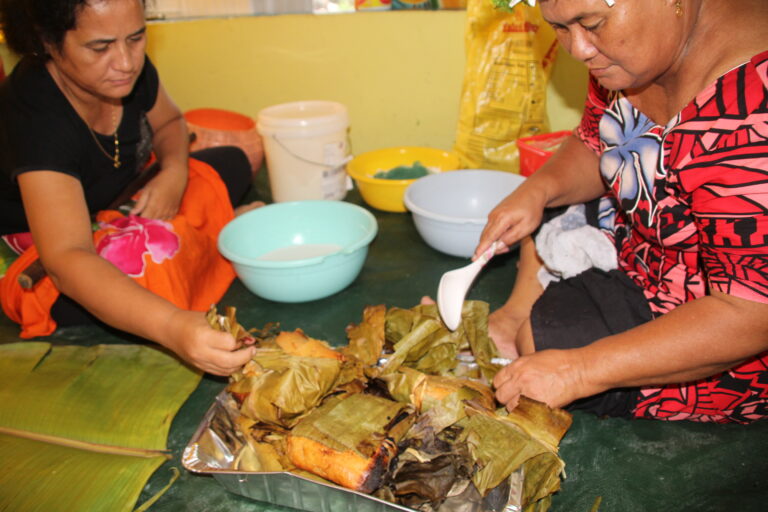Introduction: Exploring Tanzanian Cuisine
Tanzanian cuisine is a diverse blend of African, Indian, and Arabic influences. The country’s location on the coast of the Indian Ocean has also influenced its cuisine, which features a variety of seafood dishes. Tanzanian cooking relies heavily on grains, beans, spices, and vegetables. The cuisine is known for its bold flavors, and many dishes are cooked slowly over low heat to enhance the flavors of the ingredients.
Grains and Starches: The Foundation of Tanzanian Dishes
Grains and starches are the foundation of Tanzanian cuisine. Ugali, a starchy dish made from maize flour, is a staple food in Tanzania and is usually served with a variety of stews, vegetables, and meats. Rice is also a popular ingredient and is often cooked with coconut milk and served with curries or stews. Cassava, yams, and potatoes are also widely used in Tanzanian cooking and are often boiled, roasted, or fried.
The Versatile Bean: A Staple in Tanzanian Cooking
Beans are a staple in Tanzanian cuisine and are a good source of protein for those who cannot afford meat. Red kidney beans, black-eyed peas, and cowpeas are some of the most commonly used beans in Tanzanian cooking. Beans are often boiled and served with rice, or they are cooked in stews or curries. Bean dishes are usually flavored with herbs and spices like cumin, coriander, and turmeric.
Spice It Up: The Essential Herbs and Spices in Tanzanian Cuisine
Spices are an essential part of Tanzanian cuisine and are used to give dishes their signature flavor. Some of the most commonly used spices in Tanzanian cooking include cumin, coriander, cardamom, cinnamon, and turmeric. These spices are often used in combination with each other to create complex and flavorful dishes. Other popular herbs and spices used in Tanzanian cuisine include garlic, ginger, and chili peppers.
Fresh and Flavorful: The Role of Vegetables in Tanzanian Dishes
Vegetables are an important component of Tanzanian cuisine and are used in a variety of dishes. Tomatoes, onions, and peppers are often used to make stews and curries, while leafy greens like spinach and kale are used to make salads and side dishes. Coconut is also a common ingredient in Tanzanian cooking and is often used to flavor vegetables and stews.
Meat and Fish: The Protein Sources in Tanzanian Cooking
Meat and fish are important sources of protein in Tanzanian cuisine. Beef, chicken, and goat are the most commonly consumed meats, while fish is a popular ingredient in coastal regions. Some of the most popular meat dishes in Tanzania include nyama choma (grilled meat), mishkaki (spiced beef skewers), and pilau (spiced rice with meat). Fish dishes are often spiced with chili peppers and are served with coconut rice or chapatis.

